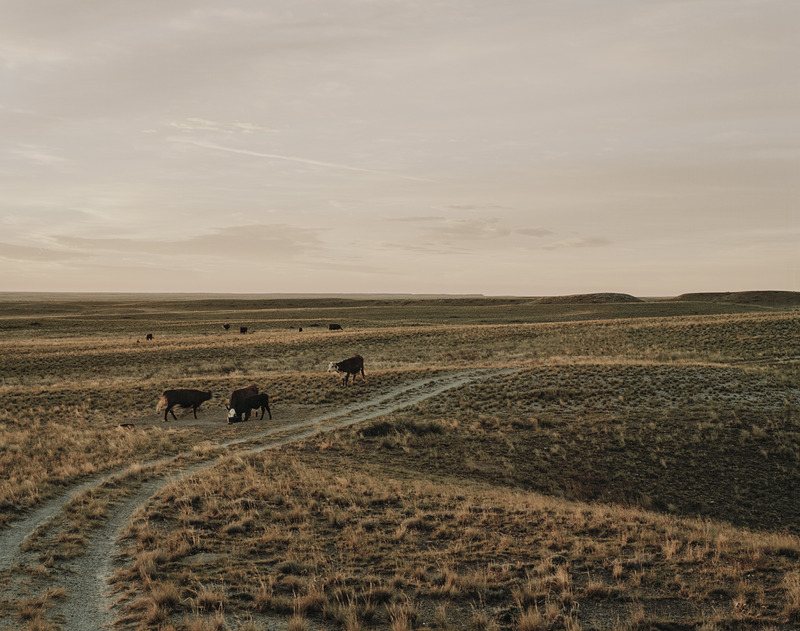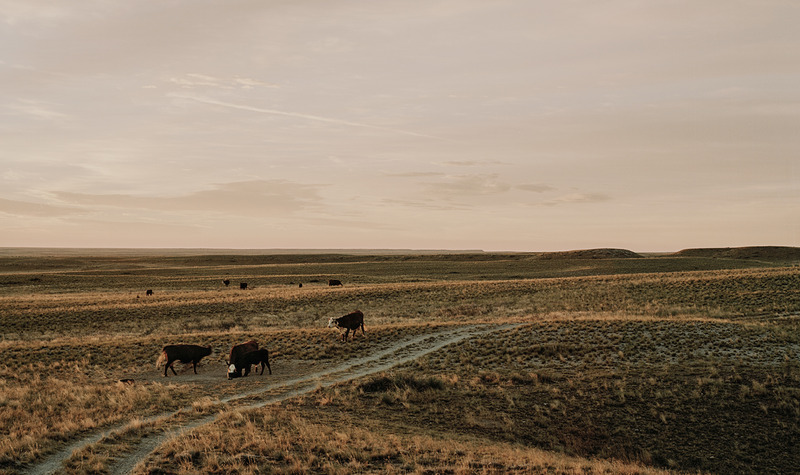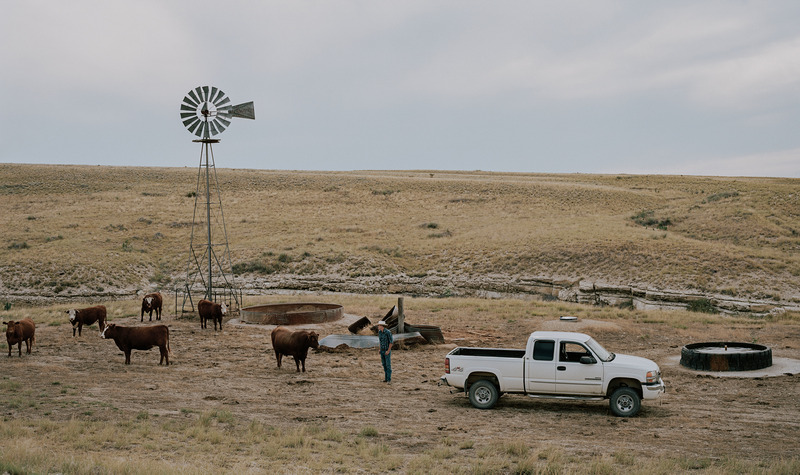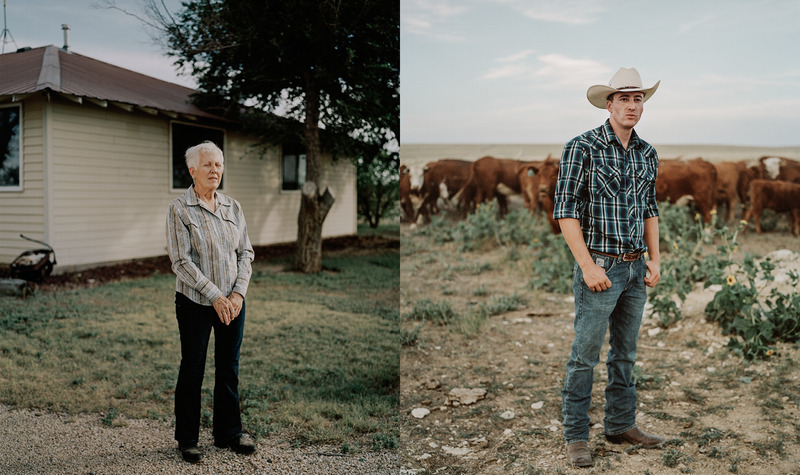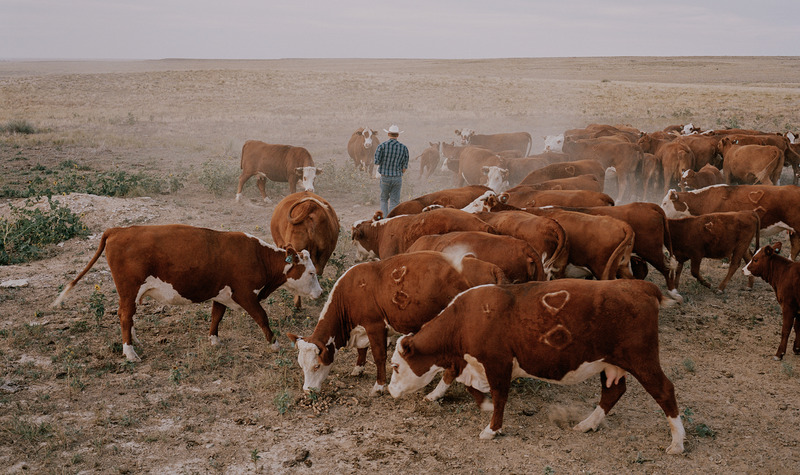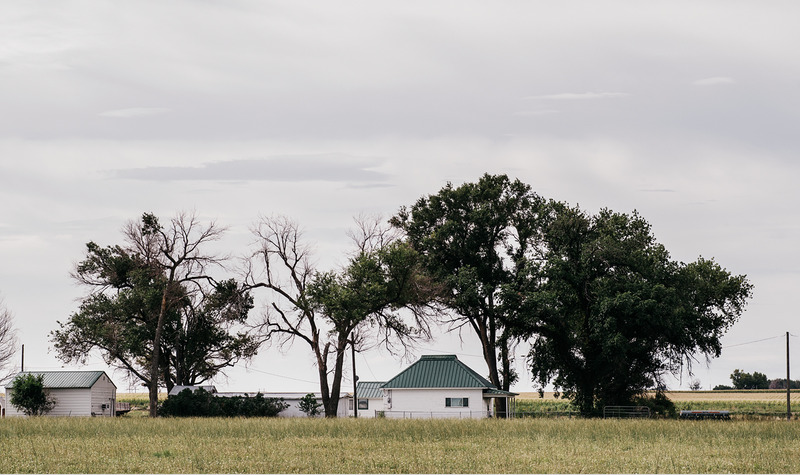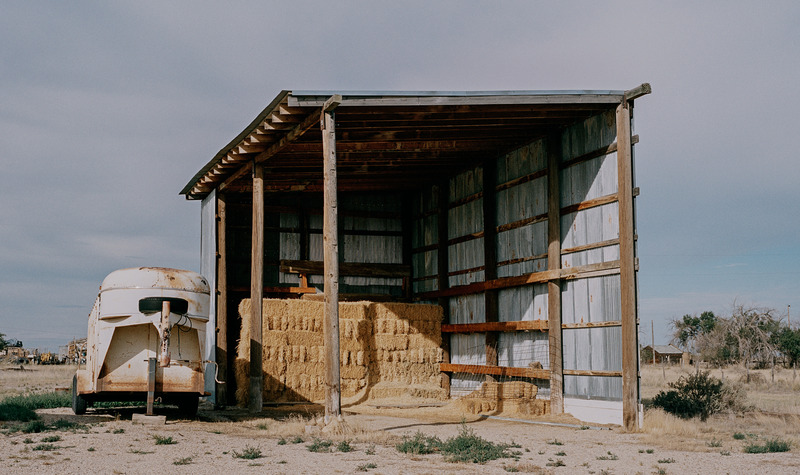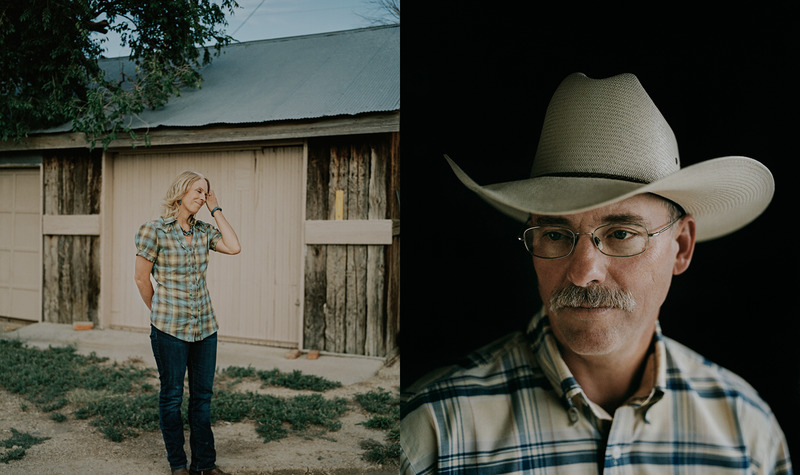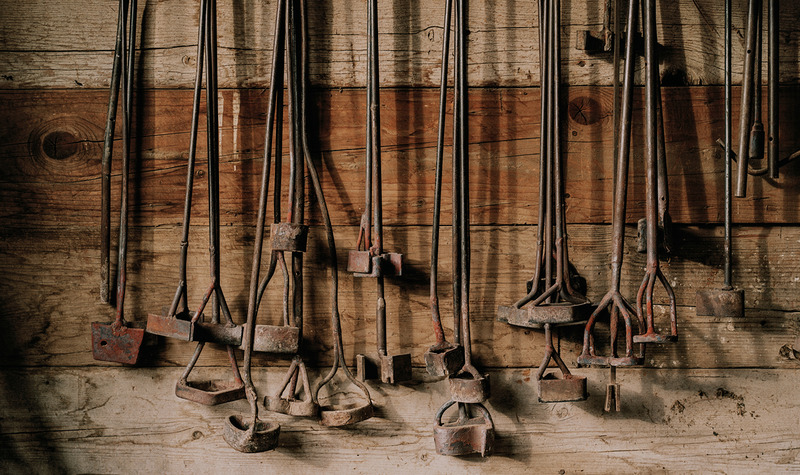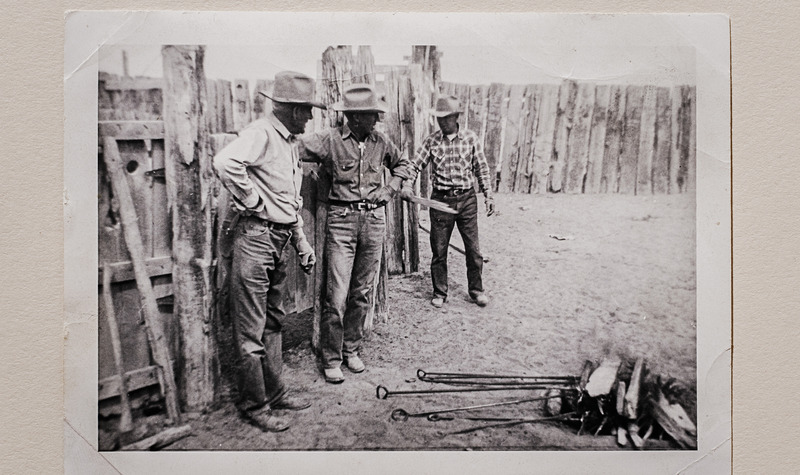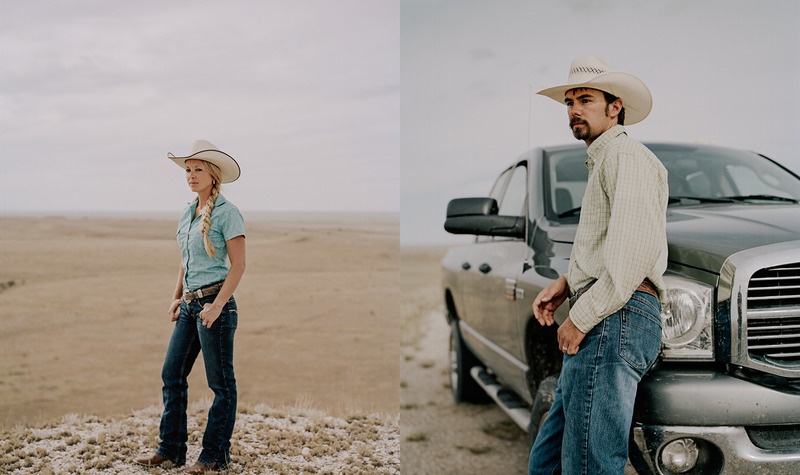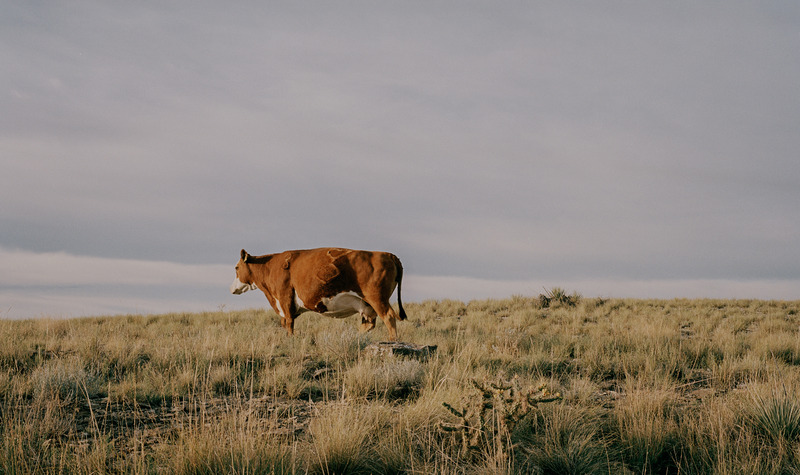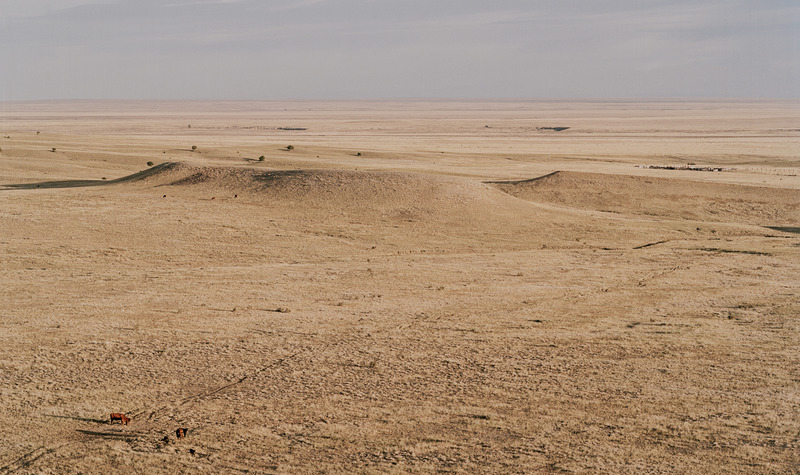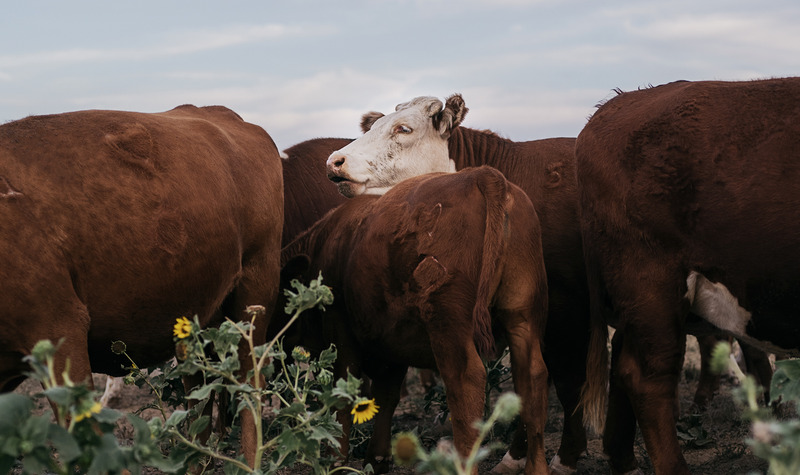The Local newsletter is your free, daily guide to life in Colorado. For locals, by locals.
Two miles south of Rocky Ford, there’s a small hill covered with loose shale, prairie grasses, and a scattering of small buildings.
The soil is dense, loamy clay that sticks to your boots when it rains but scatters into the next county when it’s windy and dry, which is almost always. This part of Colorado is notoriously parched; the region gets fewer than 12 inches of precipitation each year. In short, it’s not the first place you’d choose to stake your family’s fortune.
But in 1905, that’s what Mary and John Edgar did, like so many other immigrants and wanderers. The 1862 Homestead Act had granted 160-acre plots of land to settlers so they could till the American West’s topsoil, plant seeds, and build futures. By the time the Edgars arrived, this section of Colorado was still available because it was such an unforgiving place to live. Even then, temperatures pushed above 100 in summer as a nearly constant wind rolled down from the Rockies, picking up speed as it buffeted the prairie all the way to Kansas, broken only by small trees that sprout along the banks of rippling creeks.
But in a good year, the area is close to paradise. Canary yellow sunflowers carpet ditches next to roads. Paperlike petals on cactus blooms flutter like something out of an impressionistic watercolor. And the sky never ends. The sheer flatness of the land means that the bluebird sky takes up most of your sight line. It rests gently—seemingly on your shoulders—as if to remind you how small you are in this vast landscape.
If you’re new to this place, it might take a few minutes for your mind to adapt, for your heart to slow, for your ears to begin to tune in to the sounds of the prairie: the thrum of a combine cutting down winter wheat. The chirping song of a white-breasted swallow. The lone cry of a coyote or soft moan of a newborn Hereford calf. If you don’t recognize what a certain sound is, you can always ask one of the Edgars. More than 100 years after Mary and John staked their initial claim, the family still works this land.
The Edgars learned quickly not to rely too much on farming or ranching. That meant moving cattle frequently to conserve the fragile prairie ecosystem. To help cover costs during the lean years, they found second jobs as brand inspectors or worked at the local school. When tough times forced neighboring farms to sell off parcels of land, the Edgars often bought what they could with hard-earned savings. Today, their family operation covers more than 20,000 acres of Colorado prairie.
The family’s sound business sense hasn’t always warded off hardship. They’ve sold down the herd three times in as many decades due to intermittent droughts, only to build it back up again later. Their crops have changed frequently—sugar beets, hay, corn, alfalfa, even melons—depending on what’s selling and how much snow has fallen in the mountains (more snowmelt means more water for irrigation). Through the ups and downs, the Edgars’ emotional connection to their farm has remained constant; this past spring, the family lost a newborn calf, and the thought of it still brings them to tears when they talk of it.
Each new heartache foments its own changes. When one of the Edgar patriarchs died in a gun accident in 1973, other family members, including Carolyn Ridennoure, moved back to the farm to take over. She considered retiring when she was 70, but that was six years ago and she’s still herding cattle. Which is not so surprising when you consider that her dad, Lyman Edgar, who died in August at 101 years old, also never wanted to leave the farm. Before moving into an assisted living facility two years ago, he’d changed residences just once before, moving from the top of the farm’s rocky hill to the bottom. He called it “one move too many.”
If there’s something the Edgars know how to manage, it’s change. What’s harder to plan for is the future. Who will take over? What will they grow or raise? What will the operation look like in two, 10, or 20 years? A new generation of Edgars is out of college and eager to take up the family legacy. Their parents are there, too: On branding days, calving mornings, or a fence-mending weekend, there might be several generations working alongside one another—a family tradition that won’t change anytime soon.
That custom and commitment is why the Edgar farm will endure. It is also why History Colorado, which each year honors agricultural properties that have been continuously operated by the same families for a century, named the Edgar spread a Centennial Farm in 2009. This past summer, Kelsey Price, Carolyn’s granddaughter, got married on a bluff overlooking the family’s land. Even though Kelsey lives more than 80 miles away, she and her husband return to help as often as possible. “I’m starting a new chapter in life,” Kelsey says. “I’m working toward buying a house and some acreage, but every decision we make is based off the fact that there’s a ranch we want to keep in the family and be a huge part of—even if it’s only on weekends. That’s the way that we want it to be.”
Click through the photo gallery above for more on the Edgar farm.



